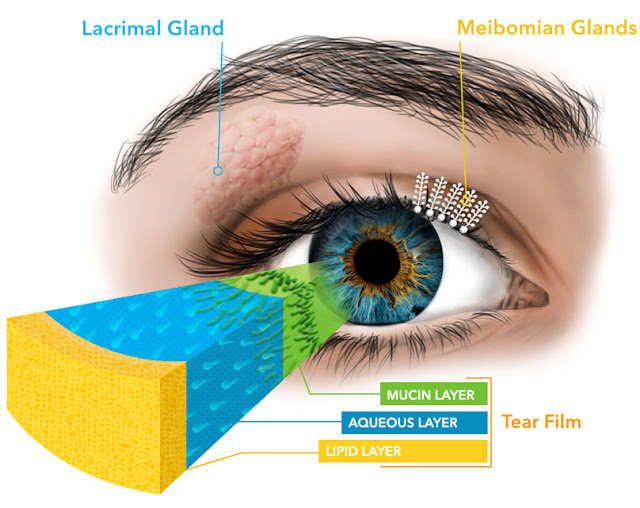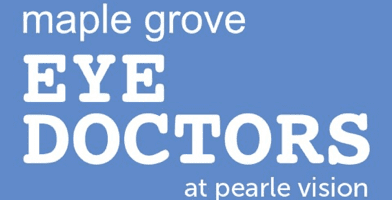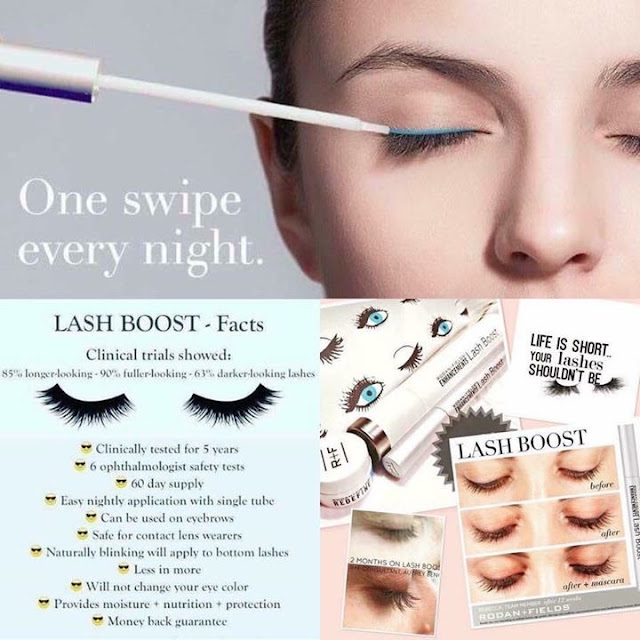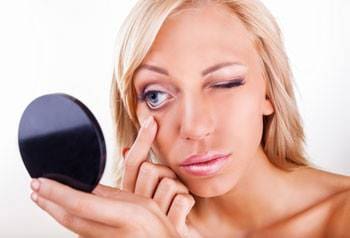What do women want?
The results of a 2014 Allergan survey showed 75% of women age 18-65 want longer, thicker and darker eyelashes. Yes. we. do.
It was that kind of overpowering demand from market research that drove Allergan to bring Latisse to market, their blockbuster lash growth serum that shows clinically significant changes to lash length, thickness, and darkness within 16 weeks of use. The results speak for themselves:
In addition to chronic irritation, LATISSE has also been known to darken the eyelid skin and the color of the iris in people with light brown or hazel eyes. Also, in some cases it can cause a sunken eye appearance by shrinking the layers of orbital fat around the eye socket. YIKES! This is real.
 |
| Popular beauty blogger Kate of The Small Things Blog shared the dry eye side effects that made her quit Latisse on her blog. via |
It’s easy to brush off eye irritation as no big deal, but ocular surface dysfunction and chronic dry eye can take a permanent and lasting toll on your vision quality and comfort. Bimatoprost, the main active ingredient in Latisse has been confirmed in studies to be strongly related to dry eye issues. Prostaglandin analogues have been used for decades in glaucoma treatment (including bimatoprost – the main active ingredient in Latisse), and studies have confirmed that they are strongly related to lasting dry eye issues.

|
| Inflammation causing dry eye can disrupt the ocular surface at every level. via |
Every time we blink, the meibomian glands secrete their oil. If that oil is too thick, it’s difficult for the eyelids to spread it evenly over the surface of the eye –more like toothpaste (Yuck) than olive oil. It may even get so thick that the oil blocks and backs up in the gland. This will slowly but surely damage the gland permanently. If the meibomian glands atrophy or die off, the body is not able to repair the tissue and the gland becomes permanently nonfunctional. The result is irreversible and often severe dry eye.
A 2015 study showed a shocking 91.7% of patients treated with prostaglandin analogue(same ingredient as in Latisse) drops for glaucoma had meibomian gland disease, versus only 57.7% of patients being treated for glaucoma on a different category of medication. THAT. IS. IMPORTANT.
What’s gotten more press than the possible risk of permanent and irreversible dryness and ocular surface damage caused by Latisse or other prostaglandin analogue agents is the financial cost. At around $130 per month, prescription lash growth isn’t cheap. Over the counter alternatives have increasingly gained popularity due to this price point, but unfortunately the fact that they are not prescription leads some to falsely feel they must also be safer. A list of the ingredients of one of the most popular over the counter lash growth serum, Rodan and Fields Lash Boost, shows a not-so-friendly potential dry eye culprit ingredient – Isopropyl Cloprostenate. a synthetic prostaglandin analogue.
As a lay person, it is difficult to research and know what potential risks there are with OTC lash growth serums.
- Xlash Eyelash Enhancer
- Neulash
- NeuveauBrow
- RevitaLash
- Nutraluxe MD Lash
- M2 Lashes Eyelash activating serum
- Peter Thomas Roth Lashes to die for Platinum
- Rodan and Fields Lash Boost
Whaaat?, you say????
In a nutshell, if you have chronic dry eye, or experience any increase in redness, watering, or eye irritation using these products, understand that you may be causing permanent damage to your delicate tear film and ocular surface.
Listen to your body and discontinue use immediately if you experience any symptoms!!
Just because a product is over the counter, doesn’t mean that it is safe. Make sure you read the ingredients closely on all cosmetic and facial products that you use, and if you spot Isopropyl Cloprostenate in any product you are using around your eyelid, consider that lasting dry eye issues could result as a side effect.








